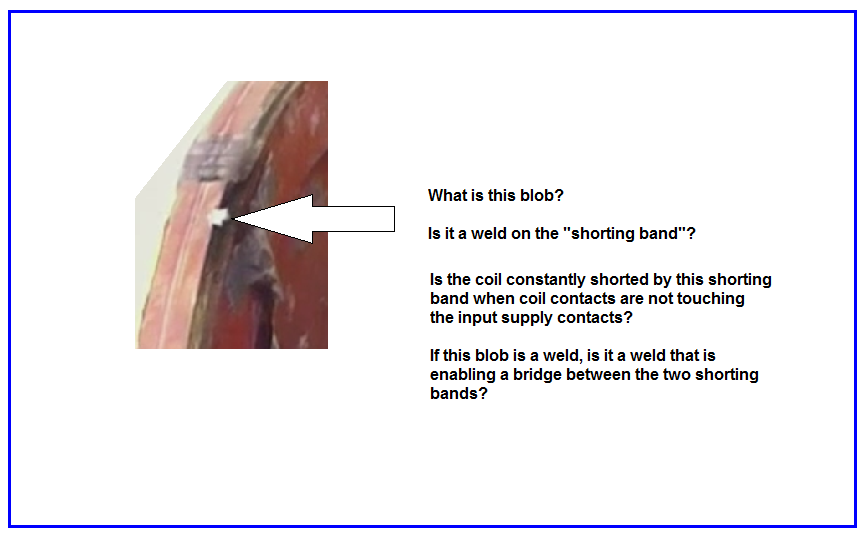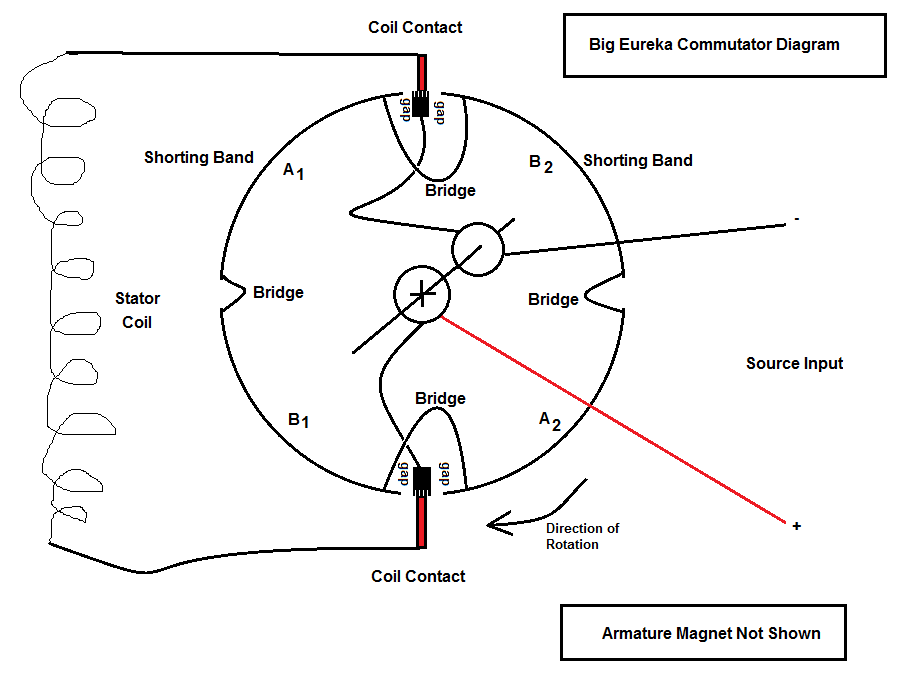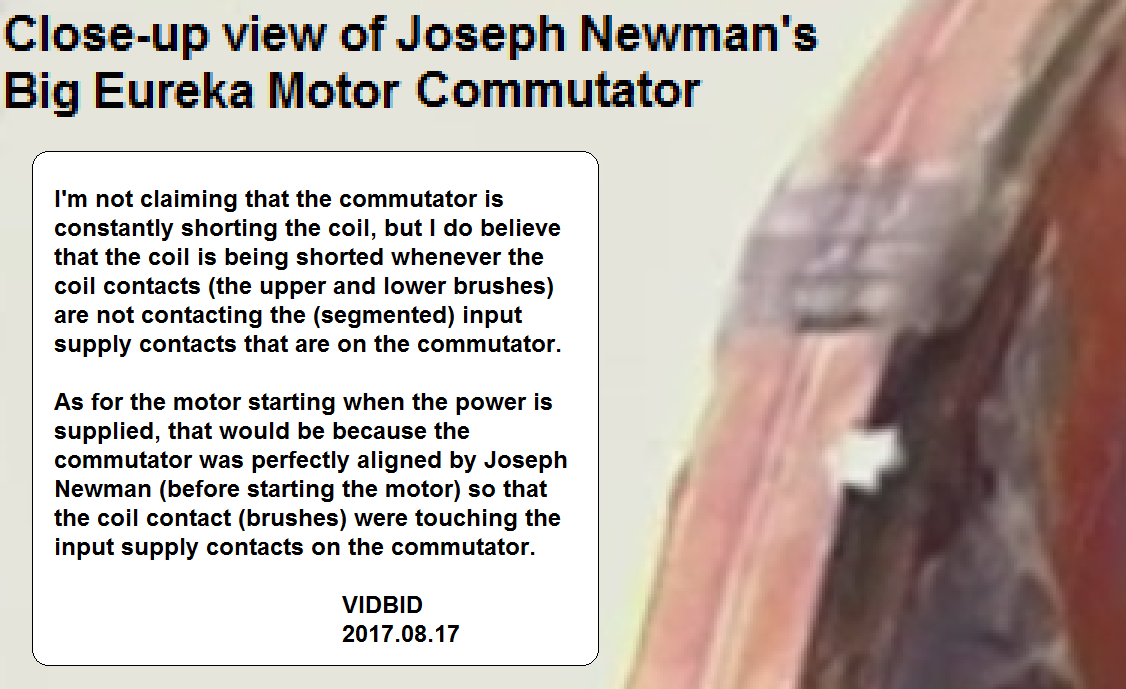Model 15-C2 or 22-K1
So, to continue, I have plans to build the unit that was tested by Dr. Roger Hastings, described in detail in Chapter 6 of Newman's book.
This one isn't that big (145 lbs.) and according to the specs produced 10 Watts of output with an input of less than 0.5 Watt.
See attached picture.
Has anybody replicated this unit, and what were his/her findings?
I want this model on my test bench, and when it's there I plan to build a second better version with some of the components replaced by electronic parts, to improve the overall working of the device and get more out of it.
To be clear on the subject, I have no intend to build a big one with lots of pounds of copper in it. Too expensive for me. Although that has proved to be one great working model, if I understand correctly the theory explained in the book by Newman himself, there should not be a need to do so. Nevertheless I need something to start with, and I think the small unit of Chapter 6 is an excellent starting point.
pjotterkjen
So, to continue, I have plans to build the unit that was tested by Dr. Roger Hastings, described in detail in Chapter 6 of Newman's book.
This one isn't that big (145 lbs.) and according to the specs produced 10 Watts of output with an input of less than 0.5 Watt.
See attached picture.
Has anybody replicated this unit, and what were his/her findings?
I want this model on my test bench, and when it's there I plan to build a second better version with some of the components replaced by electronic parts, to improve the overall working of the device and get more out of it.
To be clear on the subject, I have no intend to build a big one with lots of pounds of copper in it. Too expensive for me. Although that has proved to be one great working model, if I understand correctly the theory explained in the book by Newman himself, there should not be a need to do so. Nevertheless I need something to start with, and I think the small unit of Chapter 6 is an excellent starting point.
pjotterkjen











Comment